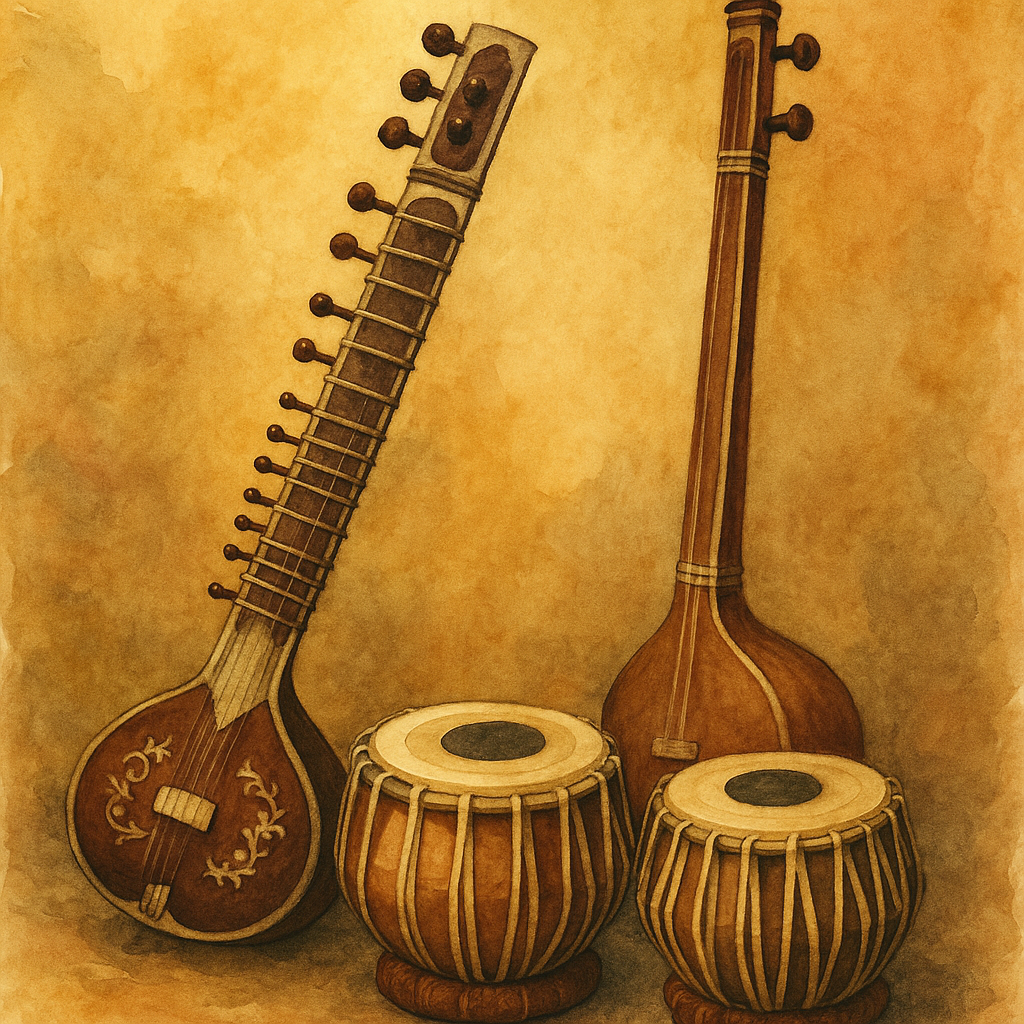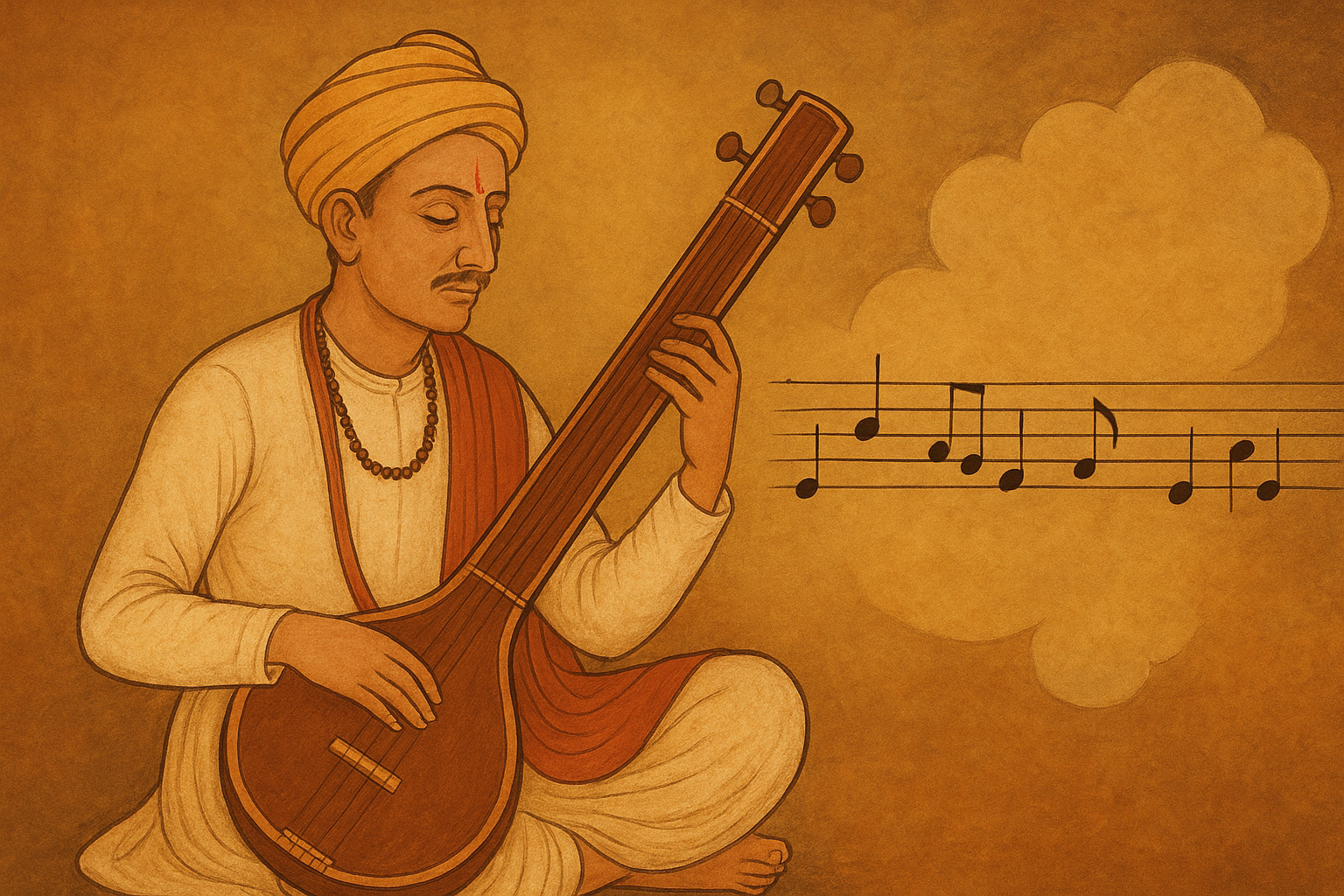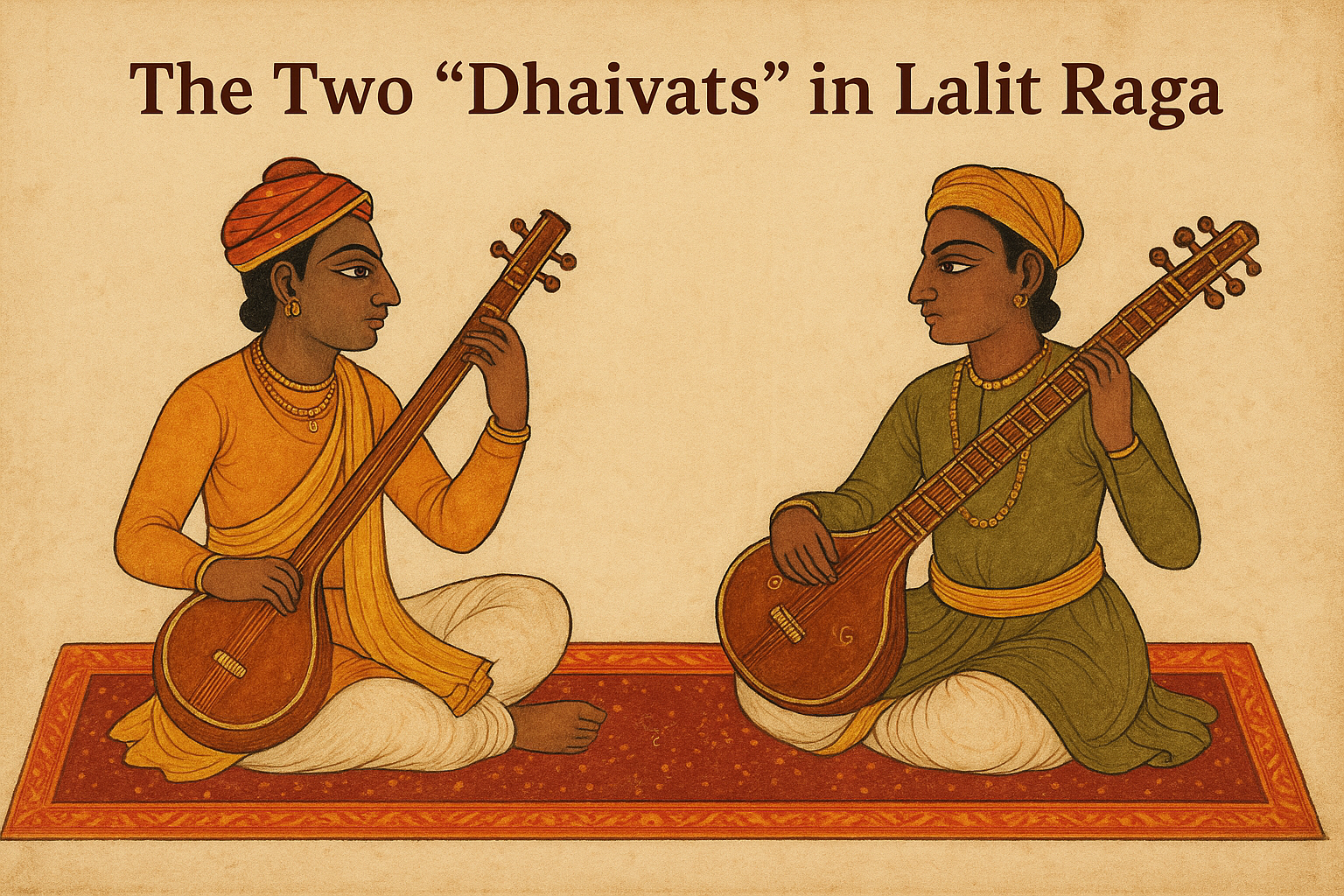Among the many treasures of Indian classical music, the sitar holds a special place. Its shimmering, meditative sound has captivated audiences for centuries, both within India and across the globe. An embodiment of grace and complexity, the sitar is not just an instrument — it is a storyteller, weaving intricate tales through every pluck of its strings.
Origins and Evolution of the Sitar
The sitar’s history traces back to the medieval period, believed to have evolved from ancient Indian instruments like the veena, alongside influences from Persian lutes introduced during the Mughal era. The word “sitar” itself is derived from the Persian words seh (three) and tar (string), though the modern sitar typically has far more than three strings.
By the 18th century, the sitar had firmly established itself as a prominent instrument in the Hindustani classical tradition. Over the years, master musicians refined its design and playing techniques, giving rise to the rich, resonant sound we recognize today.
Anatomy of the Sitar
The sitar’s structure is a blend of delicate craftsmanship and ingenious acoustic design:
- Body (Tumbar): Made from a gourd, it serves as the resonating chamber, amplifying the sound naturally.
- Neck: Long and hollow, the neck supports the frets and tuning pegs.
- Strings: A typical sitar has 18–21 strings — a combination of playing strings, drone strings, and sympathetic strings (taraf) that vibrate subtly to enrich the tone.
- Frets: Curved and moveable, the frets allow for intricate ornamentation and gliding movements (meend), which are key features of sitar playing.
The sympathetic strings, in particular, create the sitar’s signature ethereal sound, giving each note a cascading echo that seems to linger in the air.
The Art of Playing the Sitar
Playing the sitar demands a fine balance of precision and expression. Musicians use a wire plectrum called a mizrab, worn on the finger, to pluck the strings. Techniques such as meend (bending the string to produce glides between notes), gamak (oscillations), and krintan (quick flicks) create the nuanced, expressive soundscape that defines a sitar performance.
A typical sitar recital begins with an alap — a slow, meditative exploration of the raga, followed by rhythmic sections like jor and jhala, and then compositions set to a tala (rhythmic cycle) accompanied by tabla.
Famous Sitar Maestros
The sitar has been blessed by the genius of several legendary artists:
- Pandit Ravi Shankar: Perhaps the most globally recognized sitarist, who introduced Indian classical music to the world stage and influenced countless musicians worldwide.
- Ustad Vilayat Khan: Known for his lyrical style and innovations that brought a vocal quality to sitar playing.
- Pandit Nikhil Banerjee: Revered for his deeply meditative and emotive renditions.
- Anoushka Shankar: Carrying forward her father Ravi Shankar’s legacy with fresh, contemporary approaches.
Each of these artists has contributed uniquely to the evolution and global recognition of the sitar.
Sitar’s Global Journey
The sitar’s mystical sound caught the imagination of the West, particularly in the 1960s, when it influenced popular music. Legendary bands like The Beatles, particularly George Harrison, incorporated the sitar into their songs, sparking a wave of interest in Indian classical music among Western audiences.
Even today, the sitar finds a place in various musical genres, from traditional Indian classical concerts to fusion, world music, and even film scores.
Conclusion: A Timeless Echo
The sitar is more than an instrument; it is a timeless echo of India’s rich musical soul. Its notes — sometimes joyful, sometimes introspective — mirror the vast spectrum of human emotion. Whether in a serene alap or a fiery jhala, the sitar invites listeners into a profound, almost spiritual experience.
In the shimmering vibrations of its strings, one can hear not just music, but a journey — across emotions, traditions, and time itself.


